
Peoples and Languages
Social Media
Leave comments, suggestions, keep an eye on news in our groups on VK, Odnoklassniki and Telegram channel

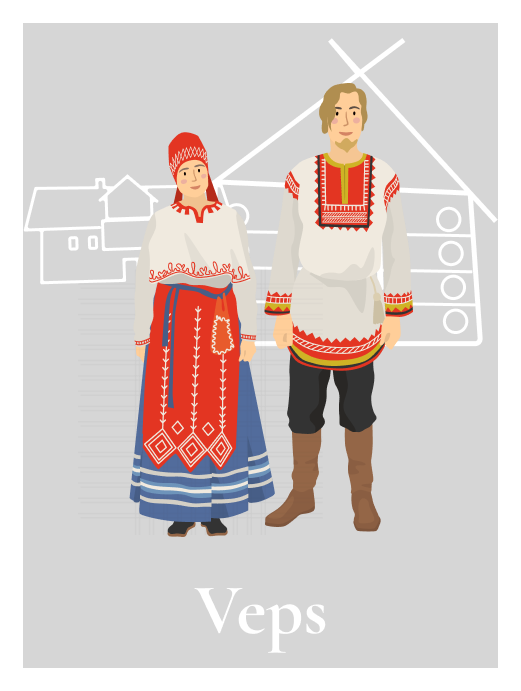
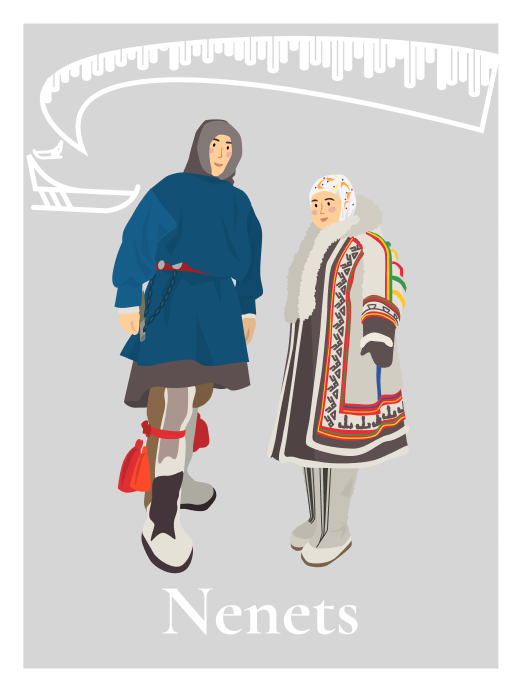
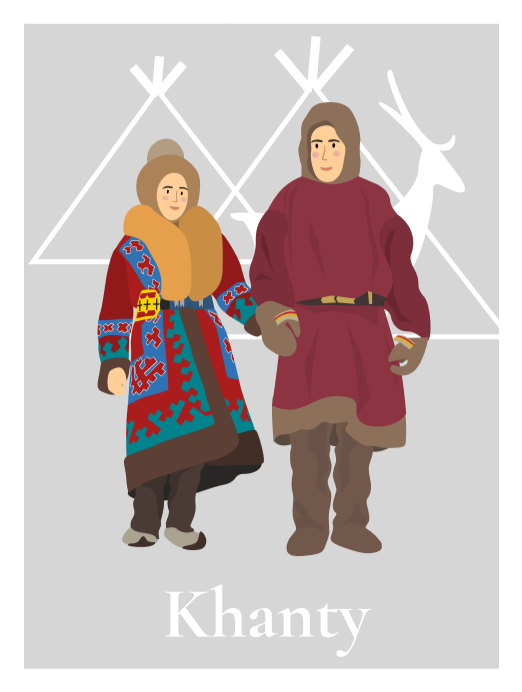
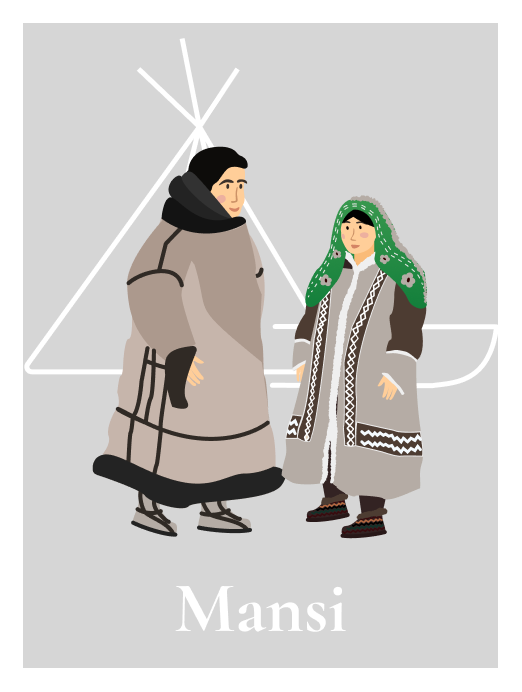


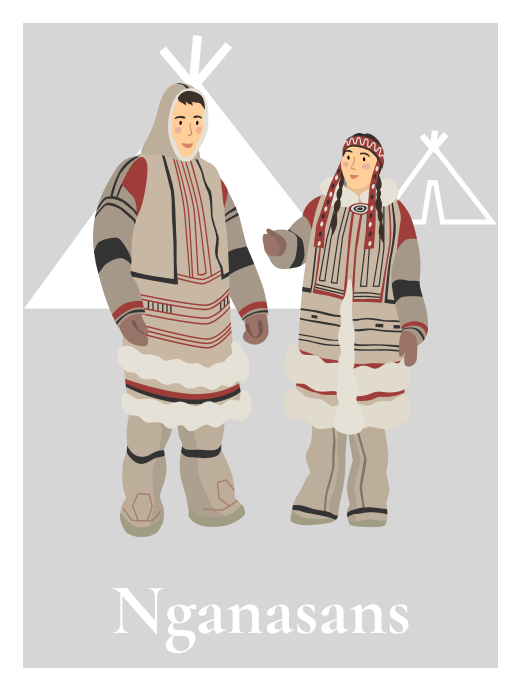

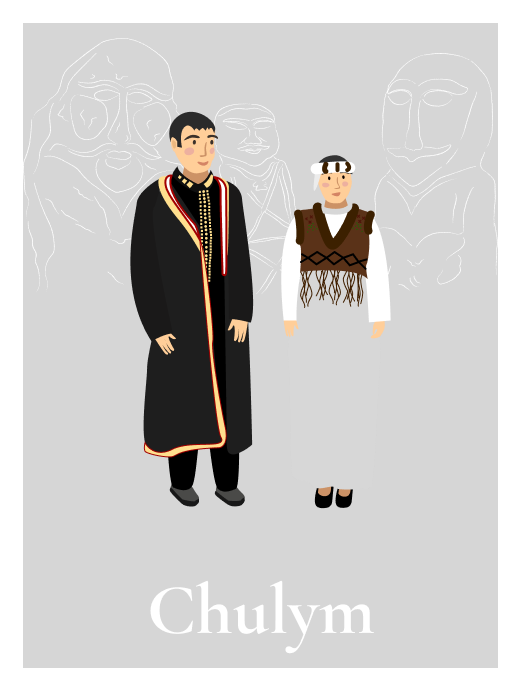

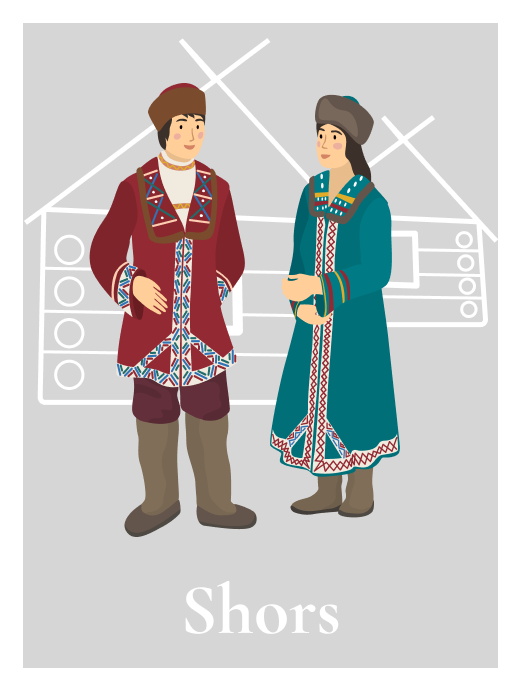
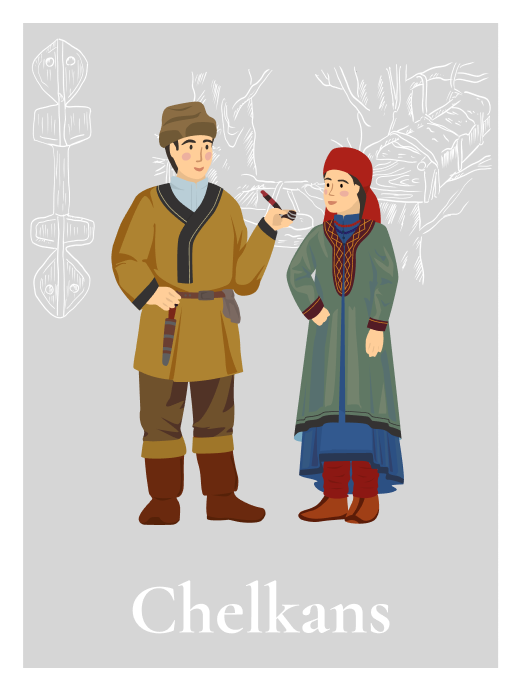


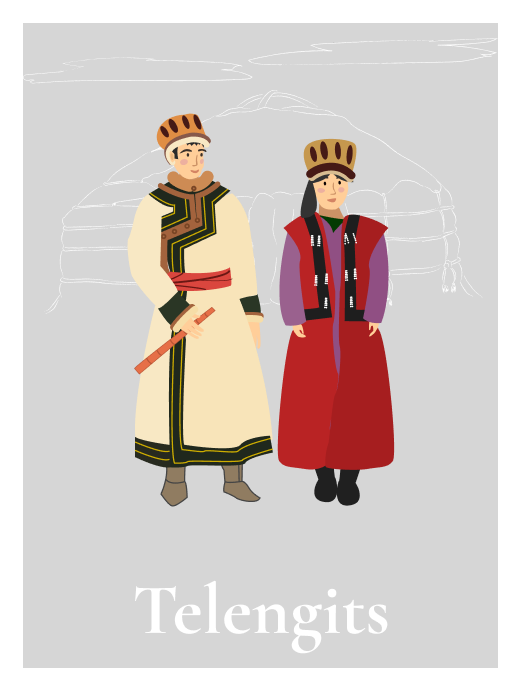
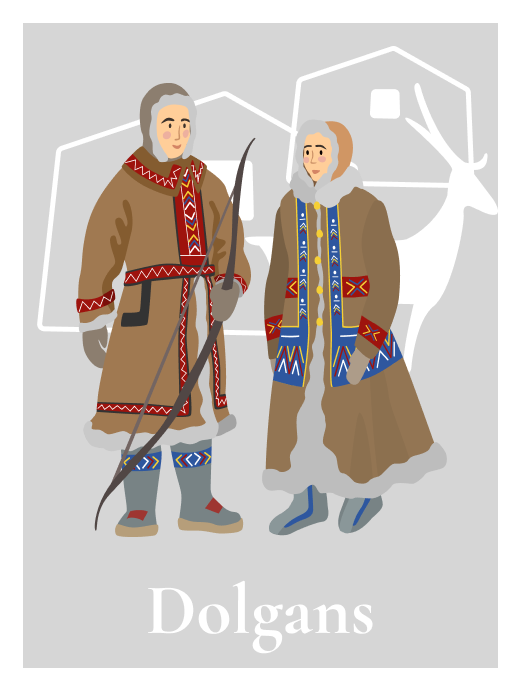
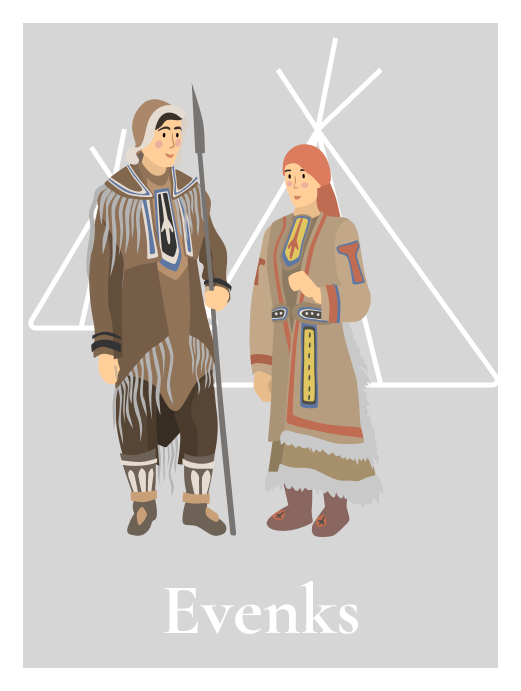


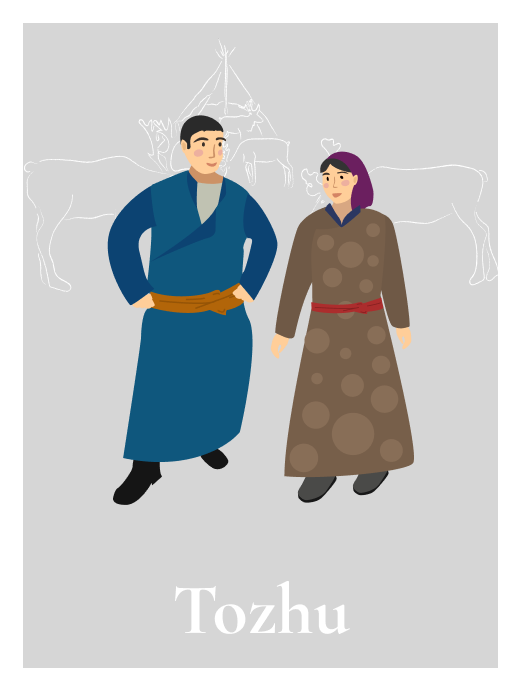



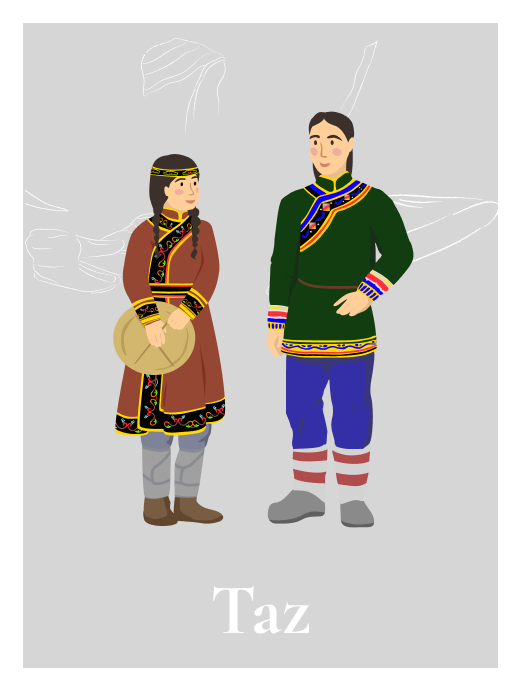

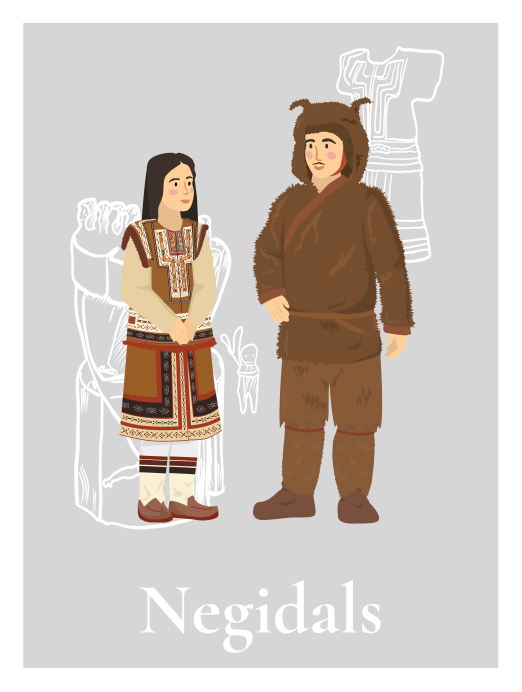



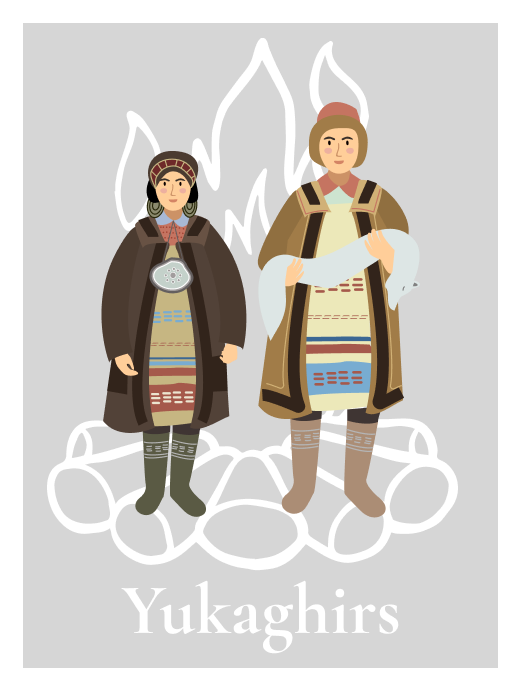


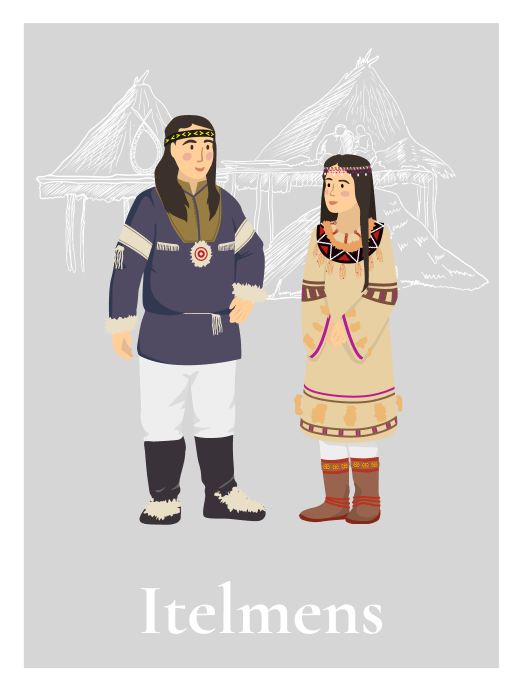

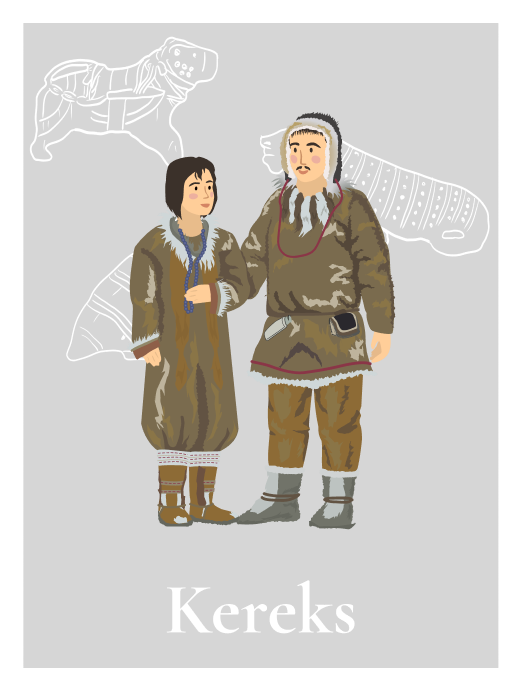
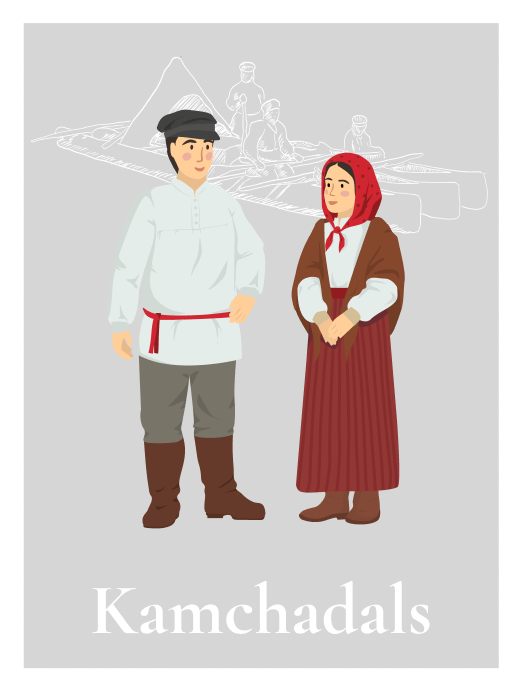

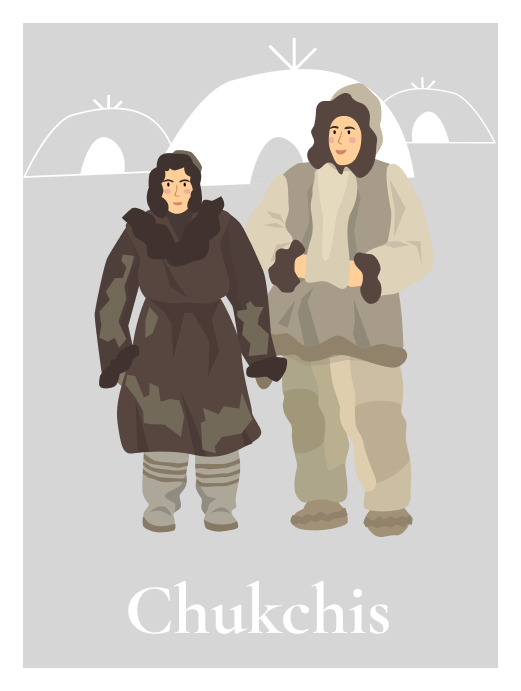
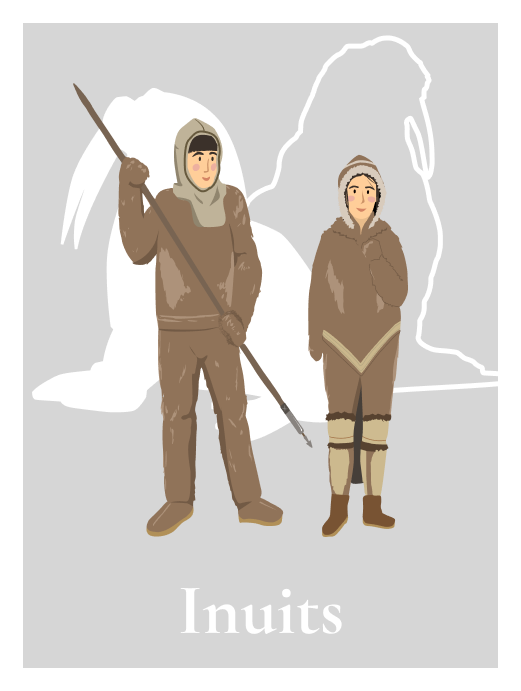
The group name comes from the word tofa (also tyfa, typa, topa). The word “tofalar” is formed with the Turkic plural ending and means “representatives of the Tofa people” or “the Tofa people”. In the academic literature and other sources, the old name of the Tofalar was indicated as karagasy (the Karagas) and used until 1934.
Tofalariya is located in the southwest of the Nizhneudinsky district, which forms part of the Irkutsk region. The Irkutsk region, a subject of the Russian Federation, is the easternmost part of the Siberian federal district. It was established in 2000 and ranks second in size after the Krasnoyarsk Territory. The Russian Cossacks began to settle there in the 17th century. The Irkutsk (Yandashsky) fort, which grew into what Irkutsk is today, was founded in 1661. The city is one of the main cultural and economic centers of Eastern Siberia. The Irkutsk region ranks the highest in the Siberian federal area in many economic indicators: investments, tax payments, profitability, and gross regional product.
The religious beliefs of the Tofalar were based on shamanism. They believed that the world consisted of three levels inhabited by a large number of gods and spirits. In the upper world there lived the supreme deity (Burkhan, or Kudai) and his assistants. The middle world is populated by human beings, animals, and spirits. The Tofalar believed that some of those spirits help people while others seek to harm them. The Tofalar believed that they should offer gratitude to good spirits and appease the harmful ones. The lower world is the kingdom of the dead, ruled by Erlik (Erlik Khan).